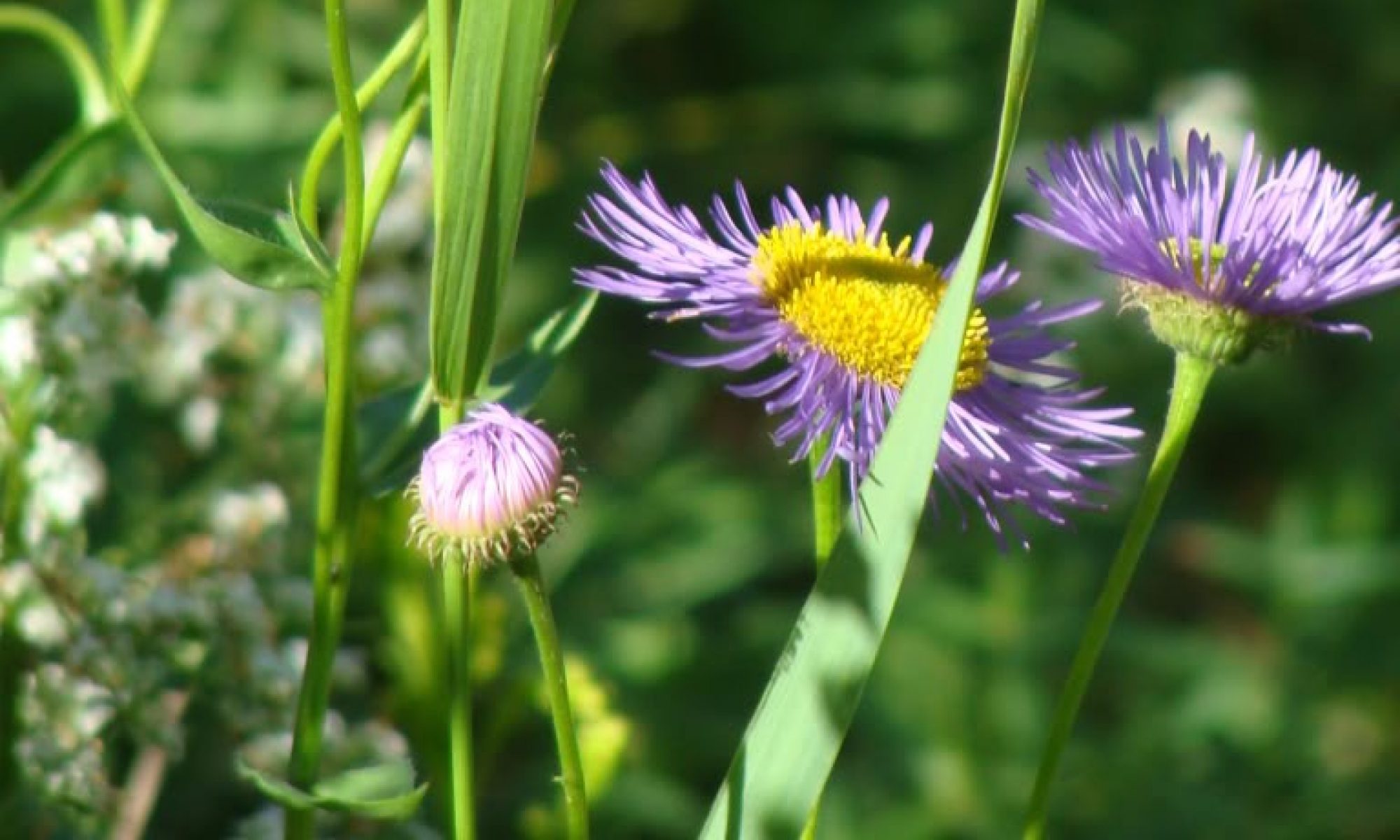I’m committed to growing as many native plants as I can so that my own native garden is full of beneficial flora and I can give lots of plants away to friends and neighbors. The least expensive way to propagate native plants is to grow them from seeds, but this is a big investment in time and effort. Luckily, growing things from seeds happens to be a favorite hobby of mine.
Today was a typical March day of mixed sunshine, cold wind, and pouring rain. I was able to sneak out during some dry breaks and get a bunch of seeds planted. The list of what I planted today follows:


The following seeds were placed in a container today and will be mixed with seed starting mix tomorrow and spread all over the front of the native plant garden. I’m hoping for something like a woodland edge/meadow garden from this megamix.

When I type all those plant names, it seems overwhelming! But the reality is that only a fraction of all those seeds will germinate. And the last, long list, are easy–just sprinkle them on bare soil and hope for the best.
The direct-sow seeds that I’ll plant tomorrow are the last of my 2021 native plant seeds. Depending on how the different species do, I hope to create my own native plant seed mix to share with neighbors in the coming years.
My hope is that in two to three years, to have a system in place for growing enough seeds, cuttings, and divisions to give away a hundred plants every year to Haller Lake neighbors to make Haller Lake the best Homegrown National Park in the country.





























